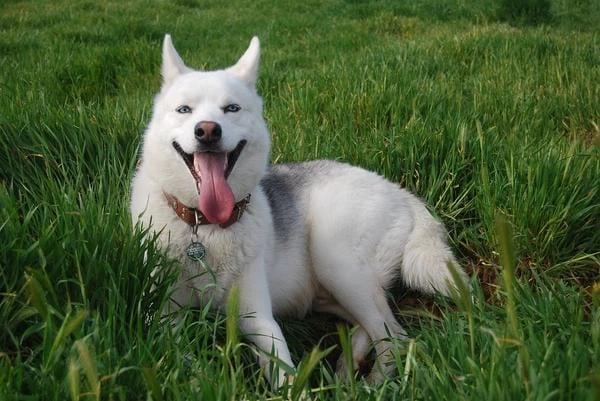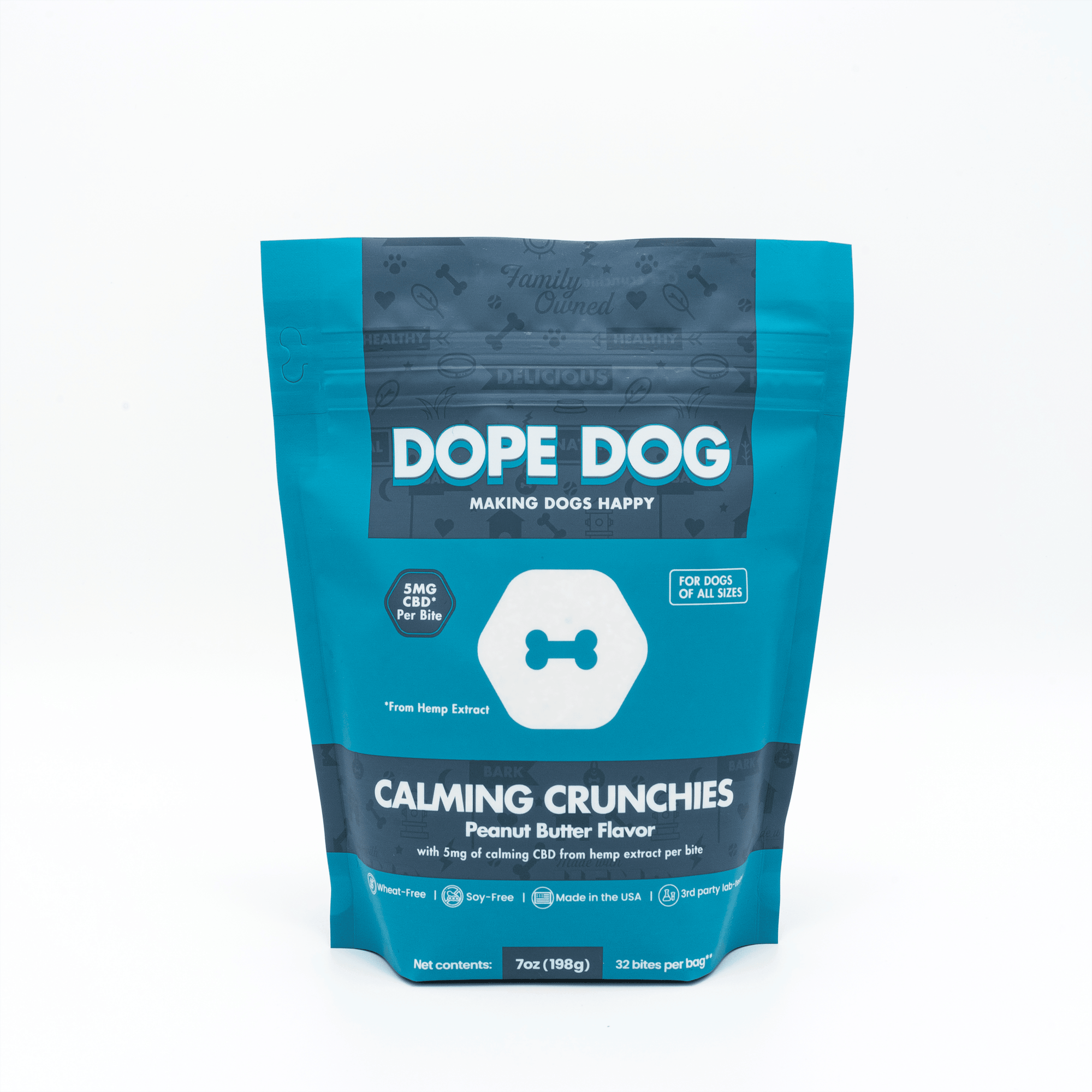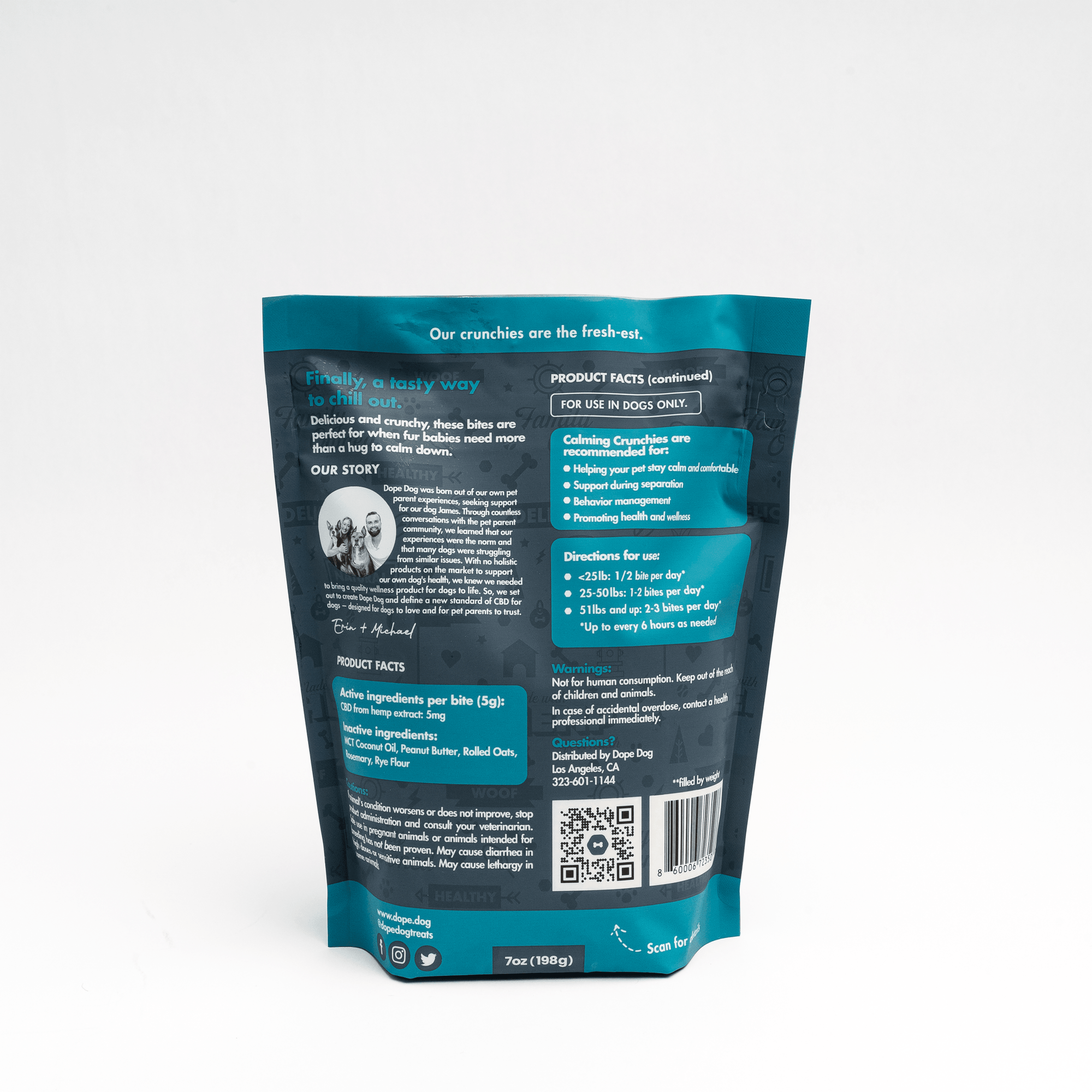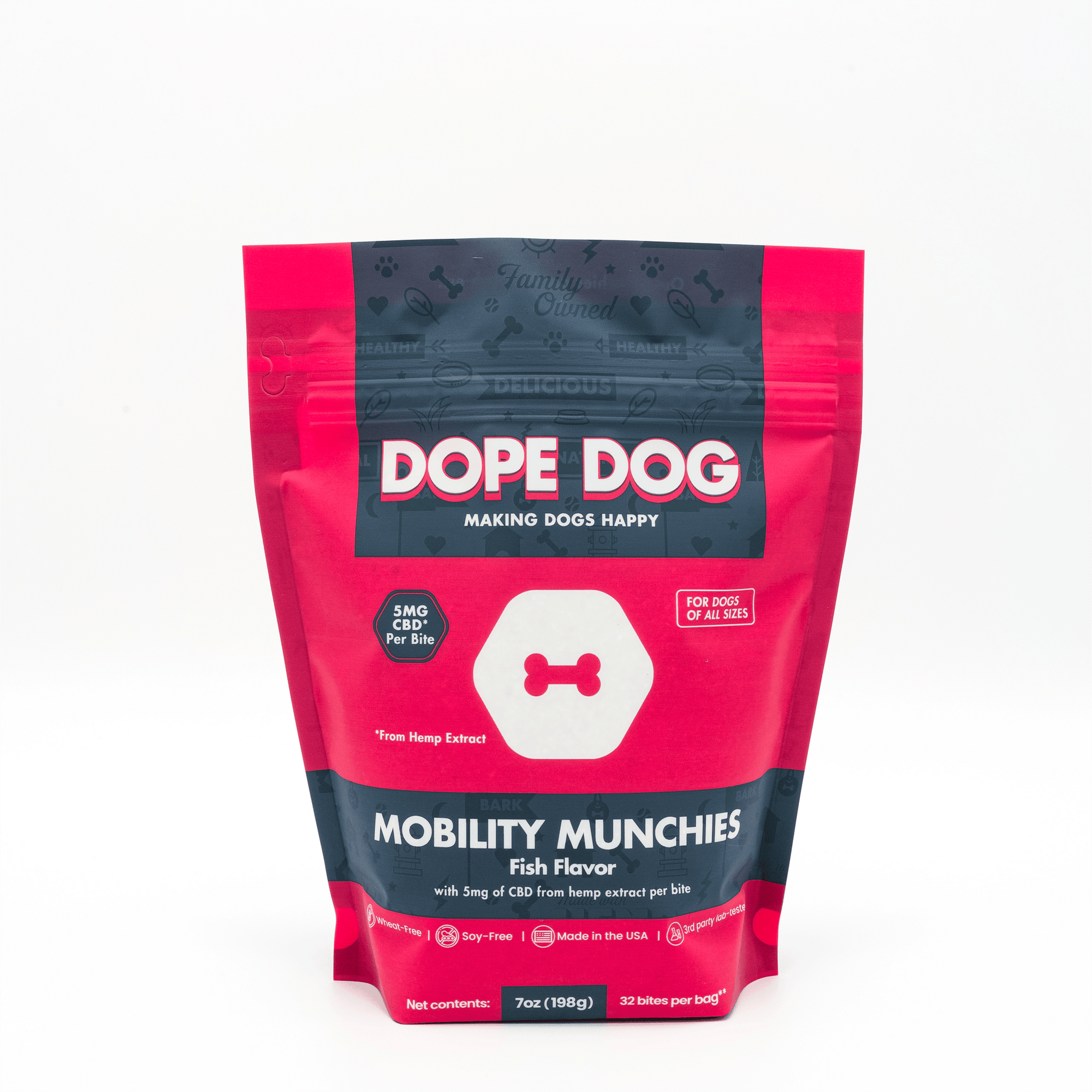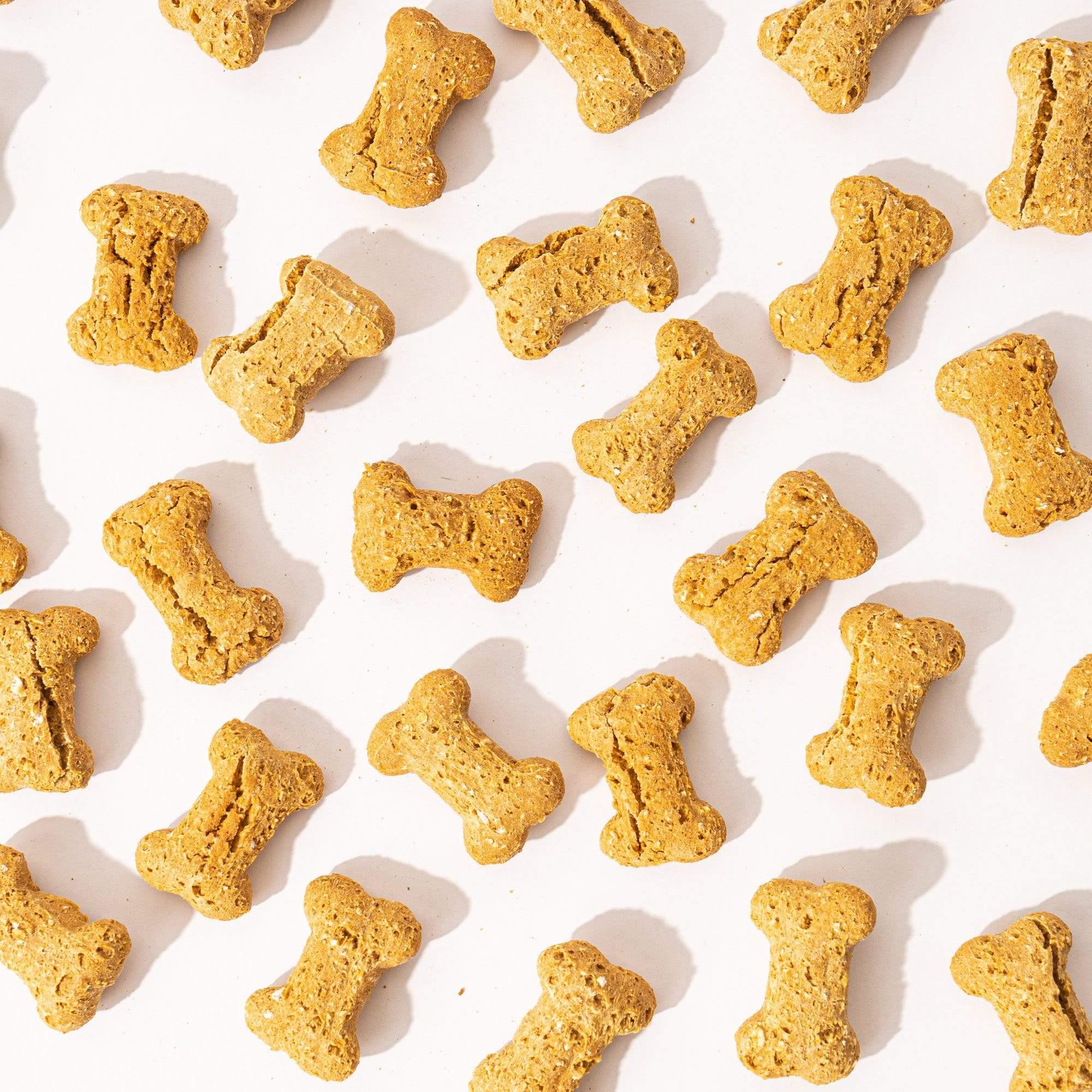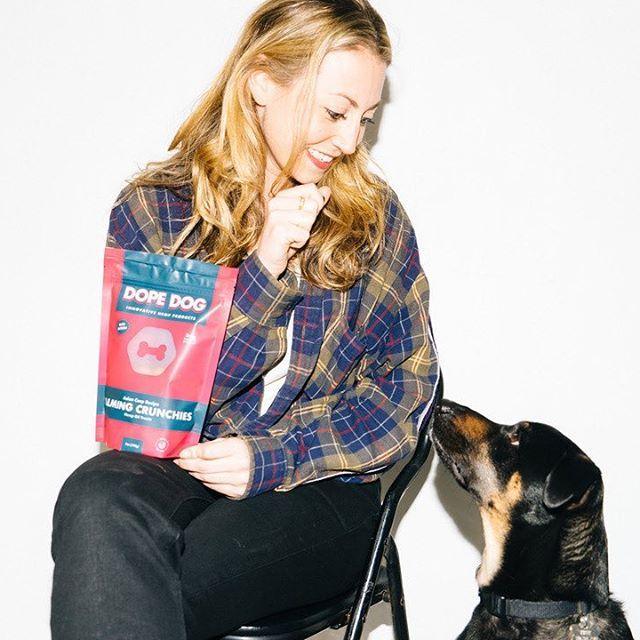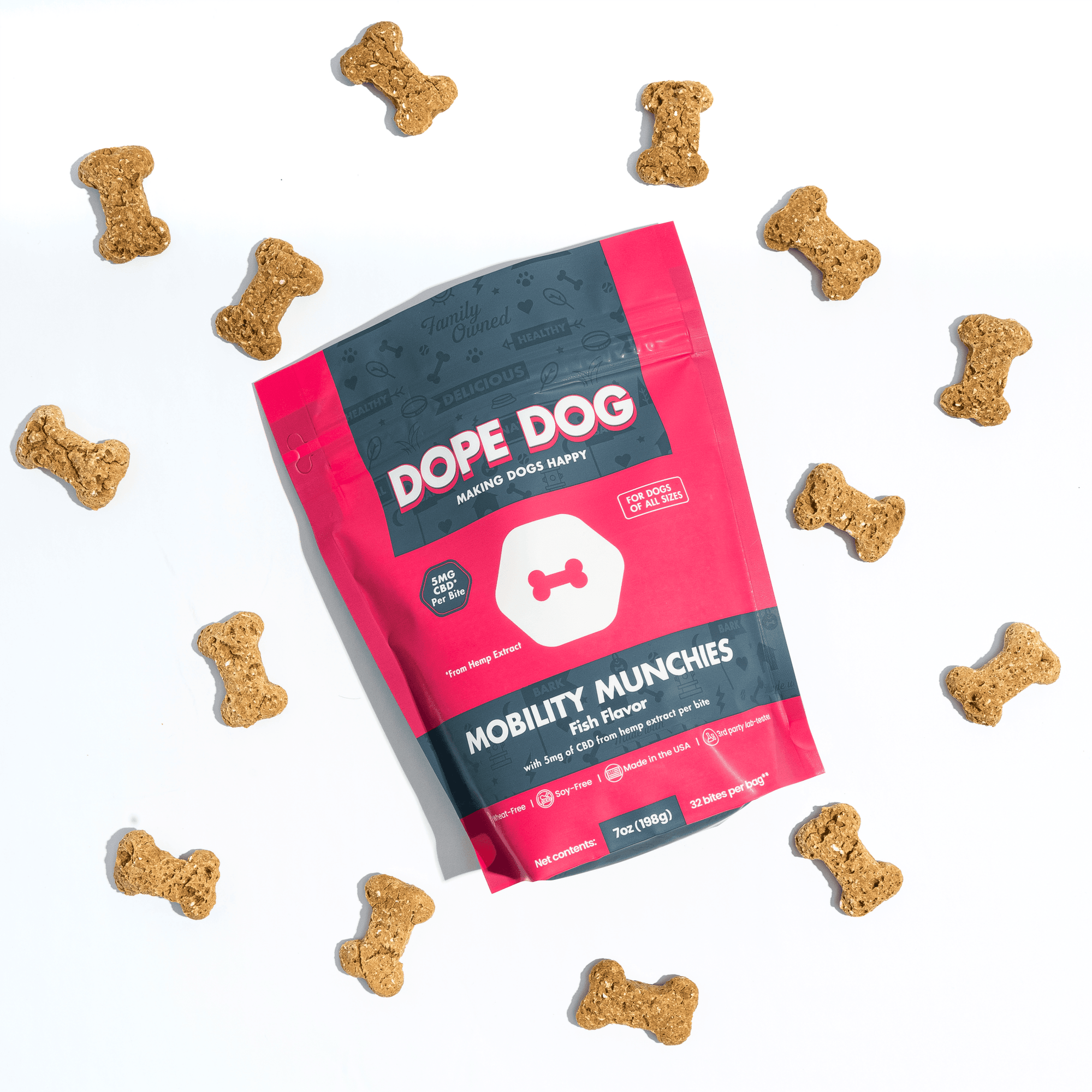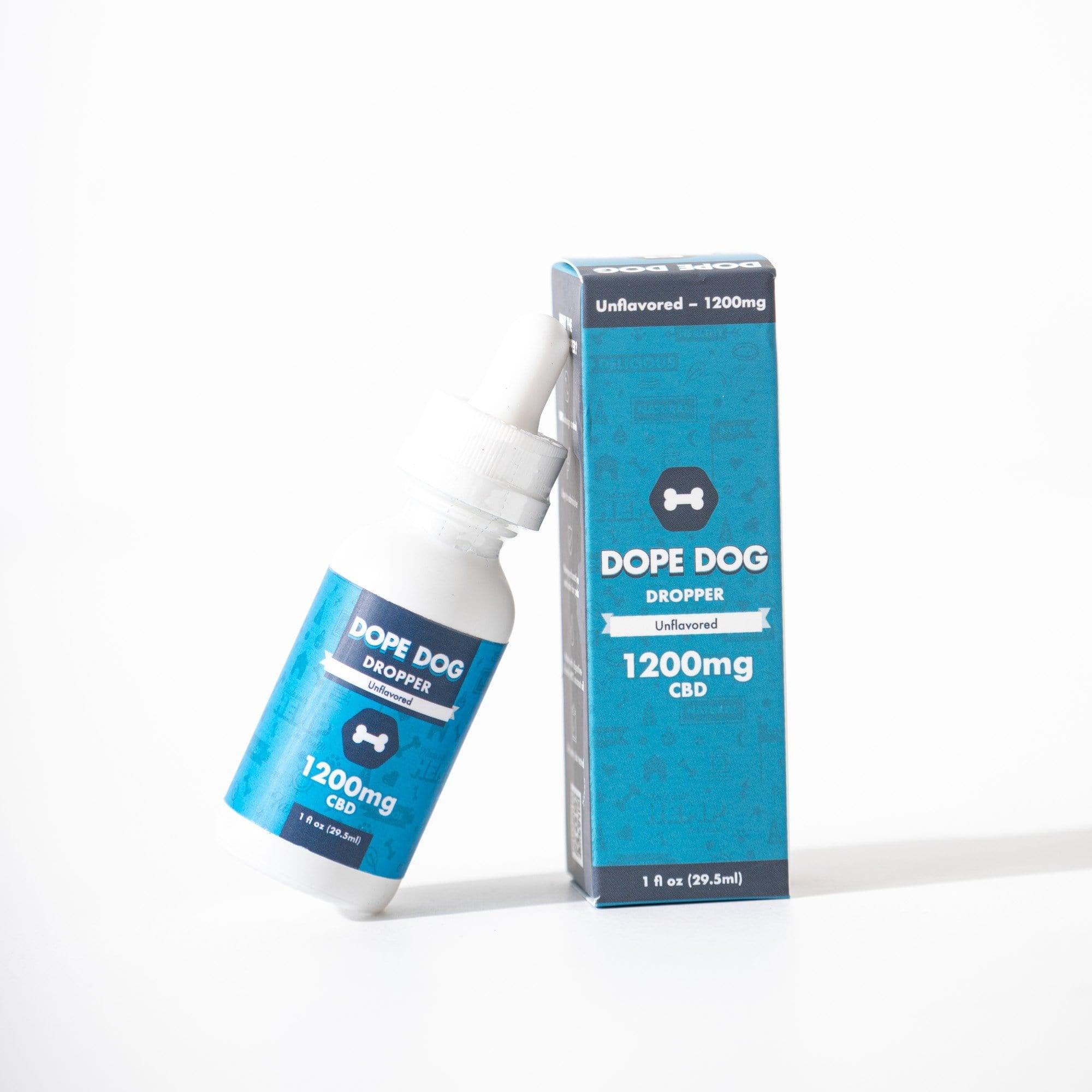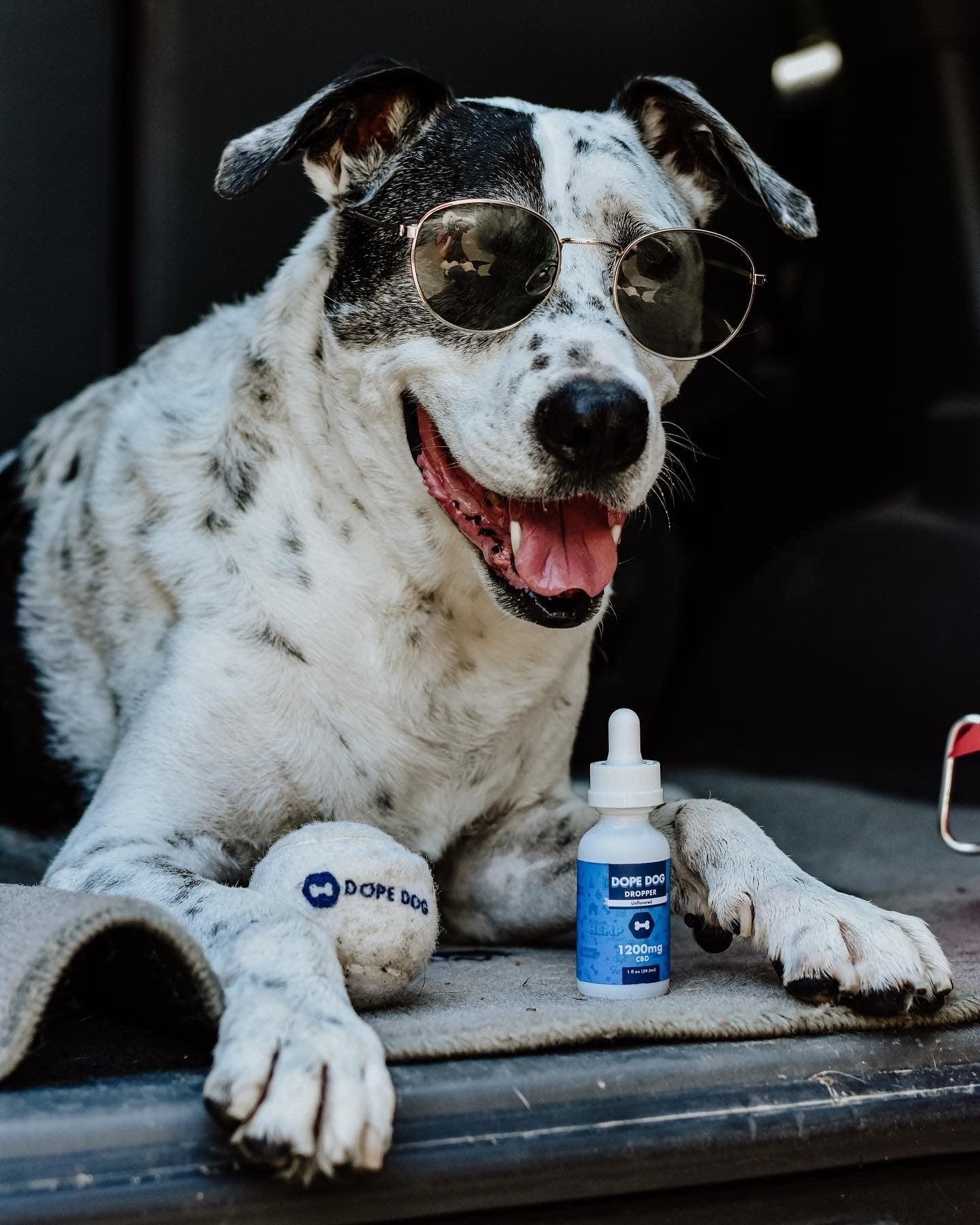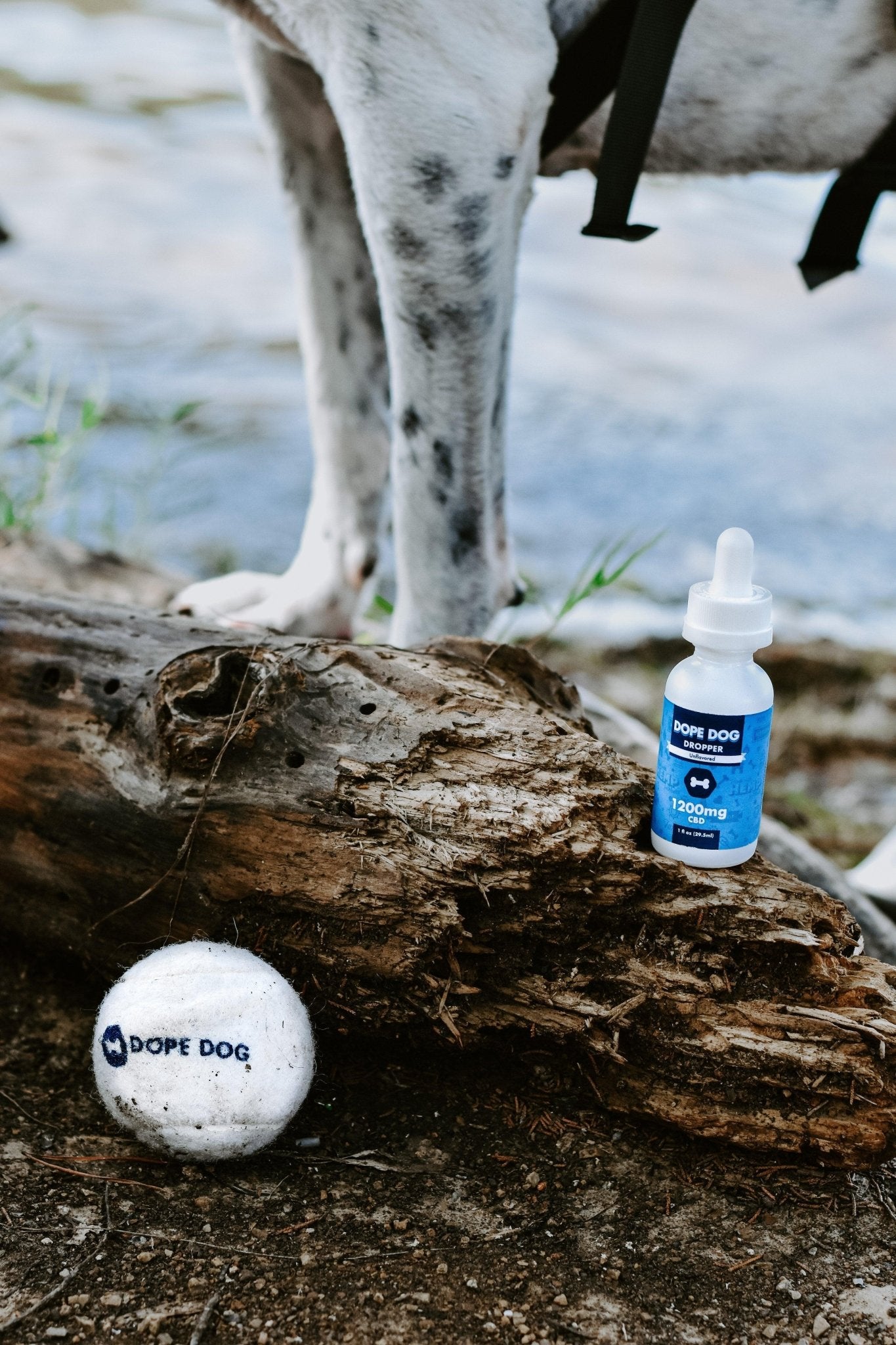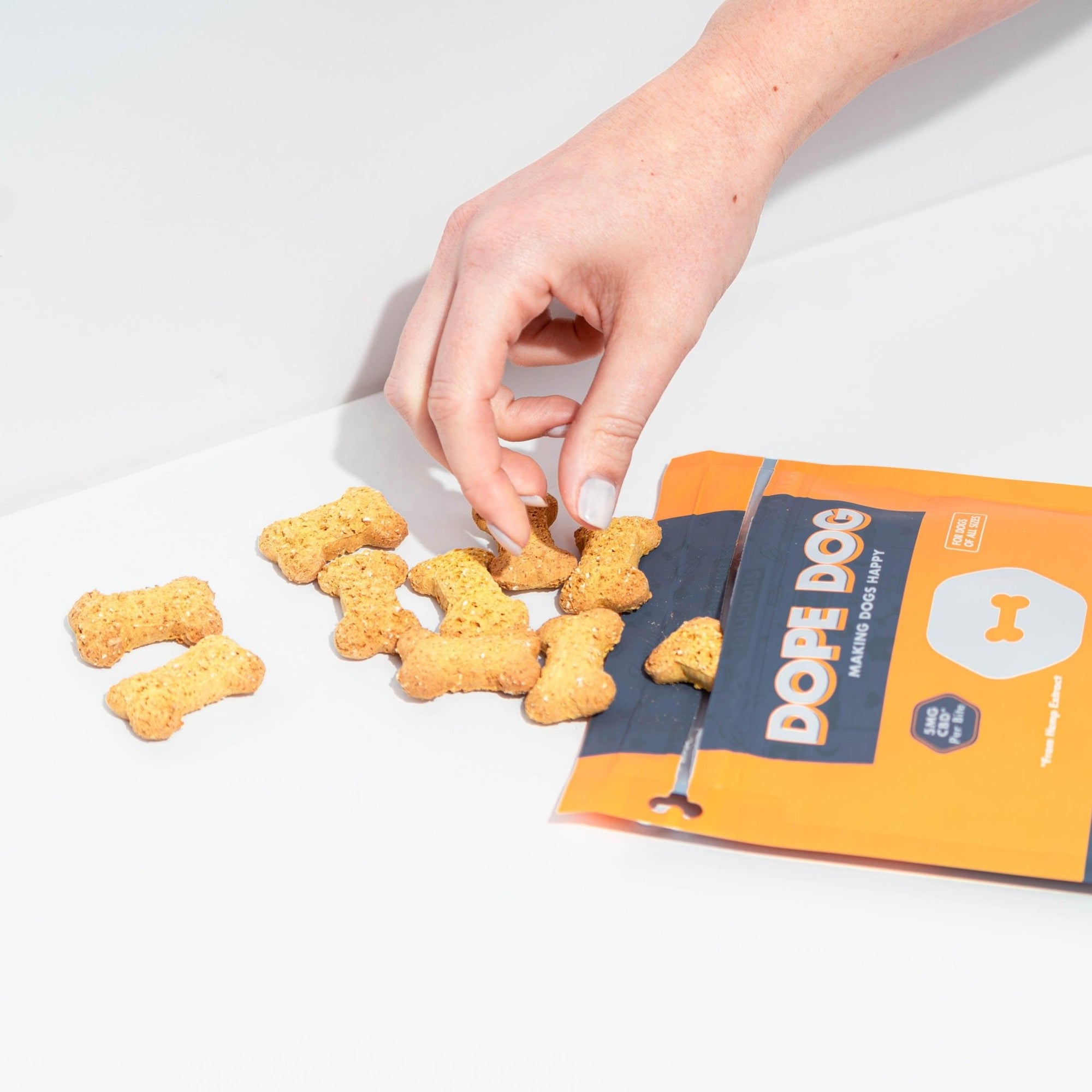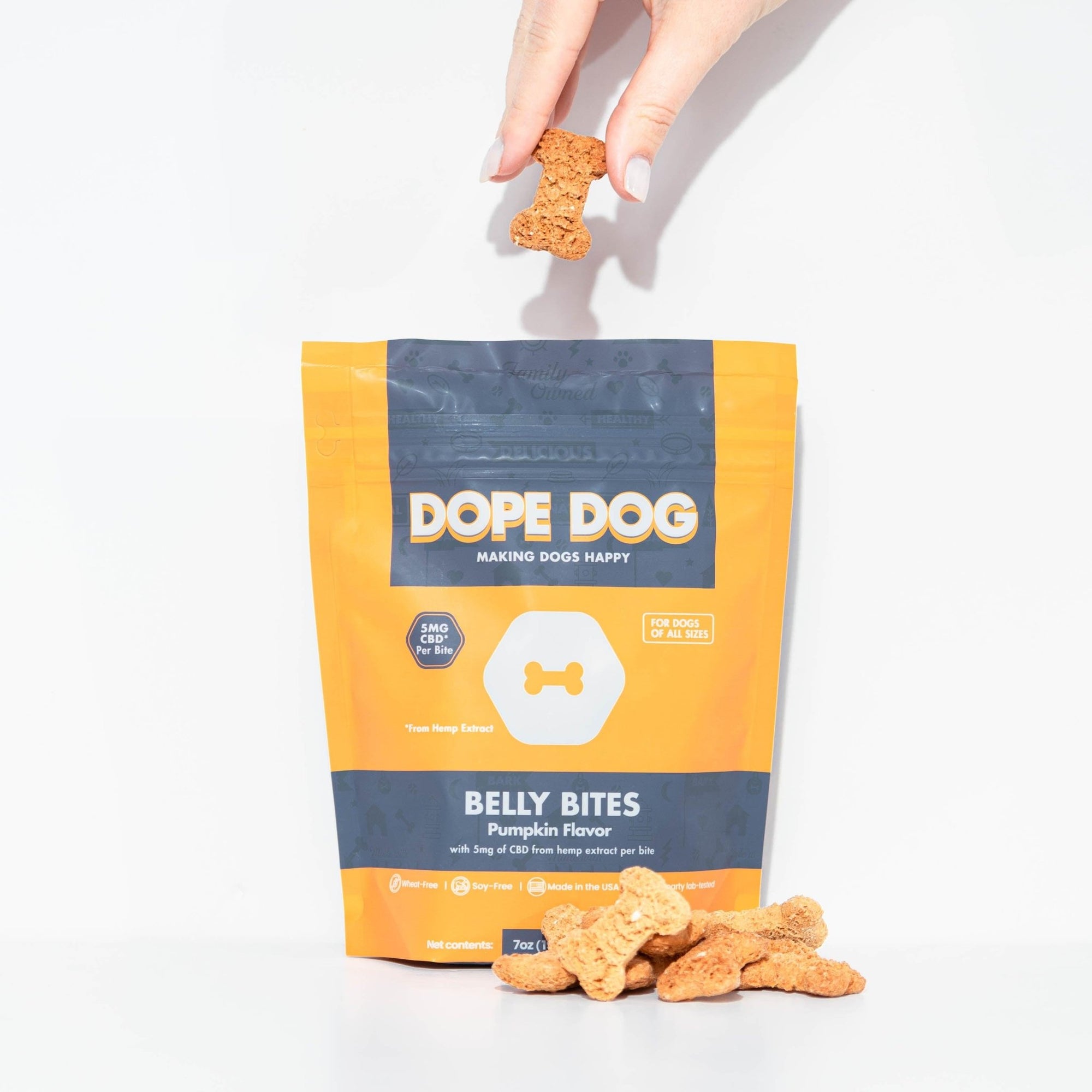How to Properly Handle Puppy Teething | The term "dog parent" is not just a throwaway term. No, you can't compare a human child to a puppy. But a puppy is still a child form of a dog.
When adopting a puppy, you are essentially becoming a parent.
The average lifespan of most dogs is about 11 years to 13 years.
However, depending on the breed and its health, some dogs have been known to live longer than the average.
And surprisingly, it is usually the smaller-sized dogs that live longer than medium and large-sized dogs.
But before we can get to the joy of living out the entire lifespan of a dog, you have to get through the stressful early months and years of puppydom.
The Life Cycle and Teething Stages of Puppydom
A dog goes through several stages of growth through its life span like most humans and other mammals. The dog goes through four life cycle stages: puppydom, adolescence, adulthood, and the senior years.
The life cycle of a puppy differs depending on the breed. A puppy becomes a "puppy" or dog baby after about 63 days of gestation in the womb.
It is essential to remember that the growing rate of a dog throughout its life cycle varies according to breed, nutrition, and quality of care. Then, the lifespan of a puppy lasts about six months to 18 months, depending on the species of dog.
The earliest months and years for a puppy are the most important.
The puppy's inherent behavior, nature, mood, and interaction with others are developed during this period.
Newborn and young puppies are usually weaning and imprinting on their mother and siblings.
This is essential behavior and naturally occurs during the first eight weeks of its life cycle. Hopefully, your puppy had gone through this important life cycle event before you adopted it.
You can teach a dog a new trick, but a puppy is a child version of a dog. It's learning about the world. You must teach it how to interact with human beings and other pets. And you need to housetrain it as early as possible.
But there is one puppy life cycle stage that can disrupt everything you need to teach a puppy—the dreaded puppy teething stages.
So, let's talk about puppy teething symptoms and how to handle them.
Check out Dope Dog today to buy the finest CBD oil products, treats, and grooming products for your dog.
Related: How Much Does Dog Training Cost
Early Puppy Teething Stages
Like a human baby or any other baby mammal, puppies are born without any teeth.
After 14 days and up to a month, a puppy will develop about 28 baby teeth. Puppy's first baby teeth are sometimes called "milk teeth."
It could take about eight weeks before all of the puppy's baby teeth completely break through the gums.
A puppy's teeth will fall out after 12 weeks to 16 weeks of life. And usually, by six months of life, the puppy becomes an adult dog and will gain about 42 adult teeth.
So, long story short, you have about six months, or maybe a little longer depending on breed, of dealing with puppy teething stages.
Puppy Teething Symptoms

Like any baby, puppy teething symptoms can be a painful and sore experience for a puppy to endure.
And like a human baby, a curious puppy investigates the world with its mouth, and the teething problem is compounded.
Throughout the puppy teething process, the gums and jaws are extremely sensitive, tender, and sore.
Its first milk teeth are erupting below the surface of its gums for the first time. Its gums and entire jaw will be sore and hurt.
Here are some symptoms of puppy teething stages you should watch out for:
- Bloody gums and saliva
- Irritableness
- Inconsolable whining and crying
- Jaw snapping and biting
- Incessant chewing
- An abnormal change in eating habits
And how a puppy reacts to puppy teething stages depends on the quality of care, breed, and pain level. Every puppy breed won't respond in the same way to teething, but they are bound to react in a way that may turn into a headache for you.
So, here are some proactive steps you can take to help with puppy teething stages before its behavior becomes unpleasant or destructive.
Inhibition Training
Inhibition is the vital mental lesson a dog must learn to moderate its bite force relative to the situation. Unfortunately, while your puppy is undergoing its puppy teething stages, it may begin barking, snapping, and even biting you.
While its bite force won't hurt much, it certainly will when it gets older, so you must teach it inhibition.
When a puppy bites you or chews on furniture and other items, you can yell "No!" Then you can put it in a crate for a time out. It needs to learn what it can and cannot bite.
Chew Toys
Admonishing a puppy deep in the throes of its puppy teething stages is not enough. You need to reward it for good behavior and reinforce the notion that there are better things for it to chew on.
You should have a slew of dog toys and chews for a puppy to chew on to deal with its teething pains.
And make sure you buy it a couple so it can choose on its own. Help it learn that even though it is in pain, you are there to help and shouldn't bite you.
Cold Baby Carrots
Keep fresh baby carrots in the fridge to keep them nice and cold.
And then you can offer them as a treat to help the puppy with teething. Cold carrots are nutritious and will offer some discomfort from teething.
Frozen Rope Towel

Get a clean and unused slender towel or dishrag. Tie and twist it into a dog-bone-like shape with knots. Wet it with clean water and then freeze it.
And just like that, you made your own chew toy! The frozen rope towels will alleviate some of the discomforts from teething and will help with inhibition.
Chewing on the towel will help the puppy learn to moderate bite force and in what situations it should bite.
When in doubt, always consult a veterinarian.
Need more tips? Check out Dope Dog to get the latest information in pet care from the experts.


